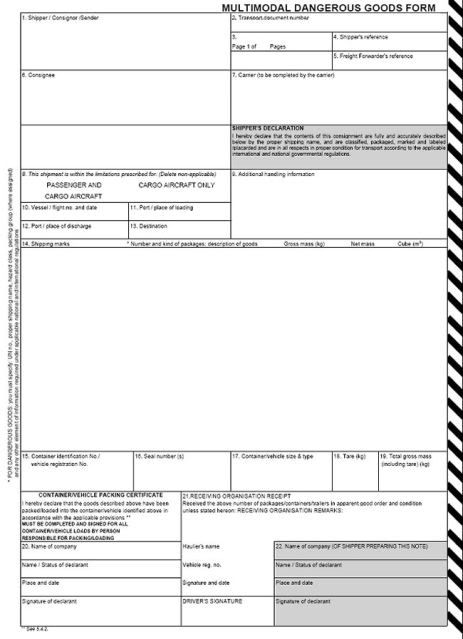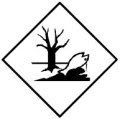gm:
Hi yes all my work is road work but its does end up on the ferry every time - i put the placards on before i leave so i don’t forget - lol
I have heard that the limited qty placard is coming into force for road transport soon as well
Hi gm,
It is true that the Limited Quantity mark for packages will change soon (01/01/11) for ADR and that some vehicles will need to be marked when carrying dangerous goods in LQs.
New LQ mark:

The new LQ mark will be a label of 100mm X 100mm which will be placed on packages like any other label.
The new LQ placard 250mm X 250mm will be required to be displayed one on the front and one on the rear on some vehicles when carrying dangerous goods packed in LQs.
The vehicles which will be affected are:
A vehicle or container of more than 12t GVW, but this would only apply when more that 8t of LQs are carried by such a vehicle/container.
When this vehicle marking requirement applies, an alternative is the use of normal ADR orange plates. (400mm X 300 mm one on the front and one on the rear.)
gm:
The grey area is the DGN - it states about the last person loading the goods should sign - and this is where the problem is =-
some of the stuff we carry doesn’t come under ADR but it is under IMDG - i tell you it gets confusing sometimes working out what it is you need -
IMDG deals with this in the following way:
Definitions of consignor and consignment:
IMDG 1.2.1
consignor means any person, organisation or Government which prepares a consignment for transport.
consignment means any package or packages, or load of dangerous goods, presented by a consignor for transport.
As you can see, there is no grey area up to now. IMHO, IMDG is pretty clear about this. 
Now lets see what the key responsibilities of the consignor are with regard to documentation, especially DGNs…
IMDG 5.4.1.1
Except as otherwise provided, the consignor who offers dangerous goods for transport shall describe the dangerous goods on a transport document and provide additional information and documentation as specified in this Code*.
[*Code = The International Maritime Dangerous Goods Code. (Shortened to IMDG)]
Then we get to the interesting part…
IMDG 5.4.1.6
The dangerous goods transport document shall include a certification or declaration that the consignment is acceptable for transport and that the goods are properly packaged, marked and labelled, and in proper condition for transport in accordance with the applicable regulations. The text for this certification is:
“I hereby declare that the contents of this consignment are fully and accurately described above by the Proper Shipping Name, and are classified, packaged, marked and labelled/placarded, and are in all respects in proper condition for transport according to applicable international and national government regulations.”
From the above, it seems pretty clear to me that each consignor (in the case of multiple consignors) has to get their part correct.
IMHO, I still can’t see any grey areas. 
gm:
VOSA have no idea at all about IMDG - and when you get stopped for a check and you have the eviro placards on and no ORANGE PLATE - they get right arsy about it
thanks for the heads up
cheers
Steve
This is why I always mention to drivers that there’s really no need for them to worry about full compliance, because as you can see above, there is no overlap of responsibility between a consignor and a driver. 
The way that dangerous goods law is written leaves no doubt about responsibilities. VOSA are responsible for some areas of dangerous goods compliance, but IMHO and with all due respect to them, VOSA as an organisation really should have identifed a training requirement for their officers a long time ago and got it sorted, but that’s up to them and their political masters. 
Legislation exists for the enforcement bodies to pursue consignors, and I really wish they’d avail themselves of it more often. 
An example of a multi-modal DGN:

My last tip is that a driver should NEVER, EVER sign the declaration, because if something goes wrong, the person signing the declaration becomes responsible. 





